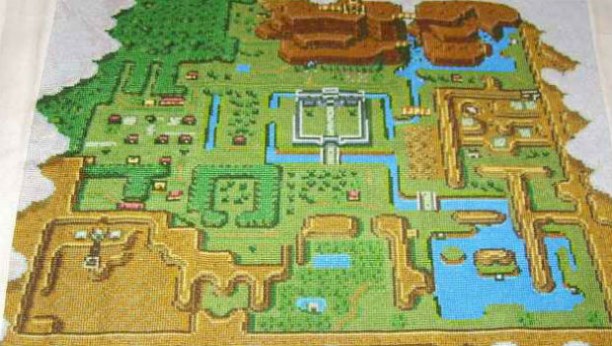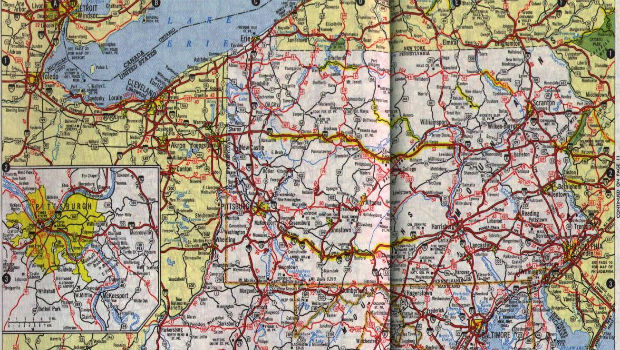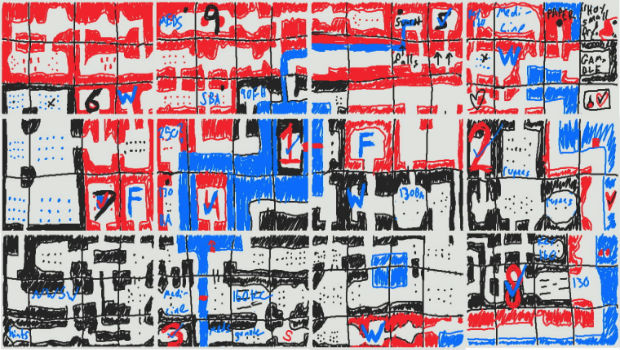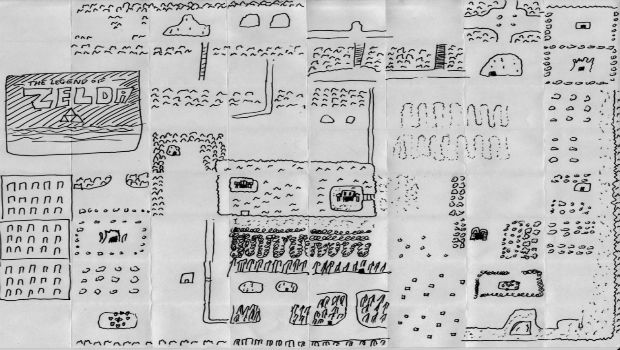
Map Quest
The Legend of Zelda
Imagine that you’re taking a roadtrip into uncharted territory. Your best friend is getting married three states away, and you figured a vehicular excursion would be an excellent excuse to get a taste of the open road.
But what happens if you get lost? In the age of smartphones, you’d just bust out your capable device, pinpoint your exact location, and be on your way without missing a beat.
But before smartphones, there was another navigation method entirely. There were road atlases — physical sheets of paper that you had to decipher with your own brainpower before you could chart your next course.
In the video game realm, that smartphone is GameFAQs. If you’re lost in your favorite Wii, 360, or PS3 game, you need only search for an online guide or pre-rendered map, grabbed conveniently through all of the modern HD video and screenshot capture software we have readily available at our fingertips.
In the NES era, it was different. If your copy of The Legend of Zelda didn’t come with a map, you were completely on your own: forced to tackle the Hyrulian wilderness utterly alone. Many tried, many failed.
At this crossroads, midway through the NES’ first true open world adventure game, I made a life changing decision — one that I would never turn back from — I was to become a young cartographer in training.
Starting a map is the worst part of the experience — you have no frame of reference to start from, and if you place your entry point in the wrong area, you’ll most likely have to start all over with a brand new piece of paper (which naturally leveled-up my penmanship!).
In a sense, you feel absolutely hopeless — just as hopeless as you are when you’re plopped into a mystical unknown world at the start of a game. But once you overcome this hurdle, everything just kind of comes together. Areas start to slide-lock into place, and once hidden and mysterious areas become common-place.
For one, charting the Forest Maze with “<–” or “–>” arrows was a strategy I would follow for the rest of my life, through games such as Brave Fencer Musashi, and even future Zelda iterations such as Ocarina of Time. Of course, even a cartographer in training would think to do this in certain areas (mostly so that you wouldn’t have to re-discover the solution) — it just goes to show that there’s a little map-lover in all of us.
Just like there were multiple ways to defeat any given enemy, there were multiple paths and courses available in the overworld. I would make notes, like “spiders in this area, stay clear”, to avoid problematic romps throughout the countryside, severely unceasing my chances of actually finishing the game.
In addition to transcribing the countryside, there are even more details involved, should you be inclined to take notice. Every time you found a new heart piece or item, it was a sterling accomplishment. The sense of adventure found in retro adventure games is second to none, because of how difficult it was to locate absolutely everything.
When you chart your course, the game’s secrets are no longer under it’s employ: they’re your secrets. It was like creating your own strategy guide! Any fellow retro cartographer out there probably remembers making various cuts and re-cuts of your maps, striving to make the most readable “final” version — I found over time that themed stickers helped tremendously!
After the world was saved, Princess Zelda was content, and Ganon was defeated, you could cheerily tuck your map into the safest place you could find: or could you?! Of course, the game’s dreaded “Second Quest” reared it’s ugly head.
The cool thing about The Legend of Zelda in particular is that you need to make an entirely new map for the game’s “Second Quest” — a completely different arranged mode unlocked after beating the game. Zelda’s sprawling world felt even more wild and untamed — it was like you were playing a different game. The entire proccess needed to be started over again, only using the original as a loose guide, as pretty much every dungeon and item location was different.
If your a gamer who didn’t grow up before GameFAQs, you’re either thinking that this was the coolest thing ever, or it was painfully OCD. These days, taking notes in the back of an instruction book is a thing of the past — in fact, many contemporary games don’t even come with instruction manuals.
Despite this sad realization that only a select few contemporary titles keep the spirit of discovery alive, I truly hope that adventure games will never die — my inner cartographer just couldn’t take it.


